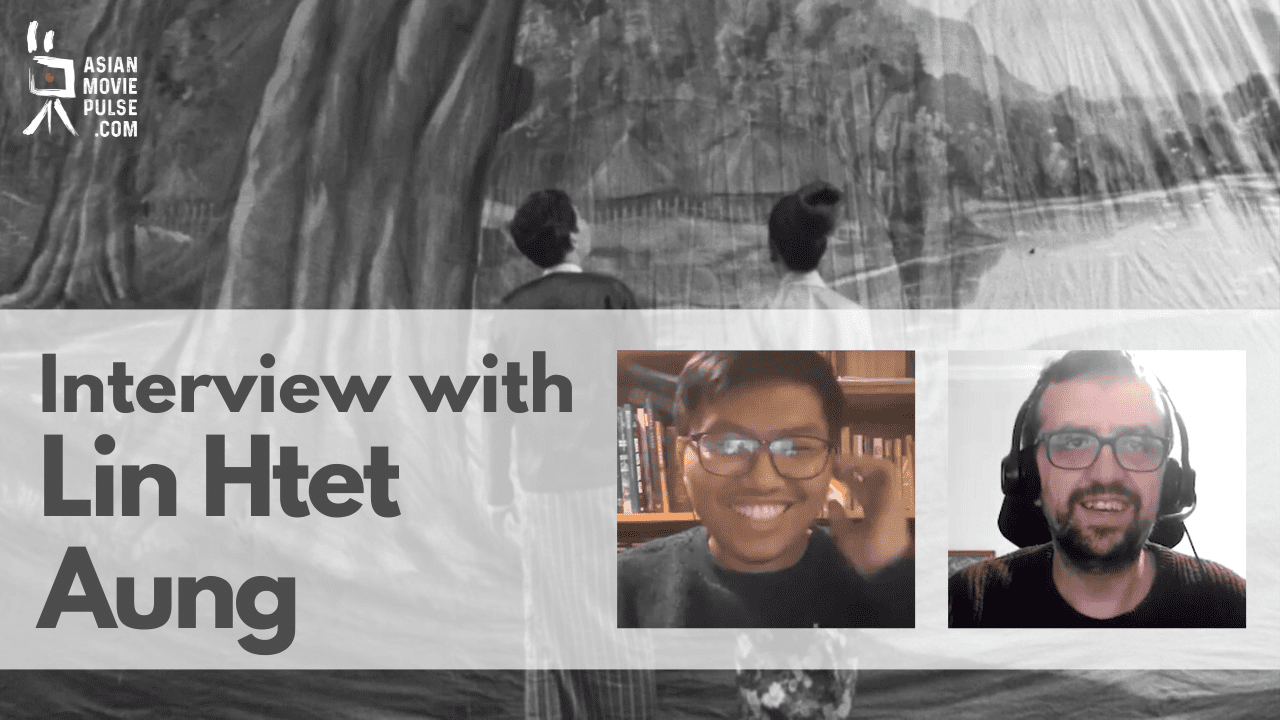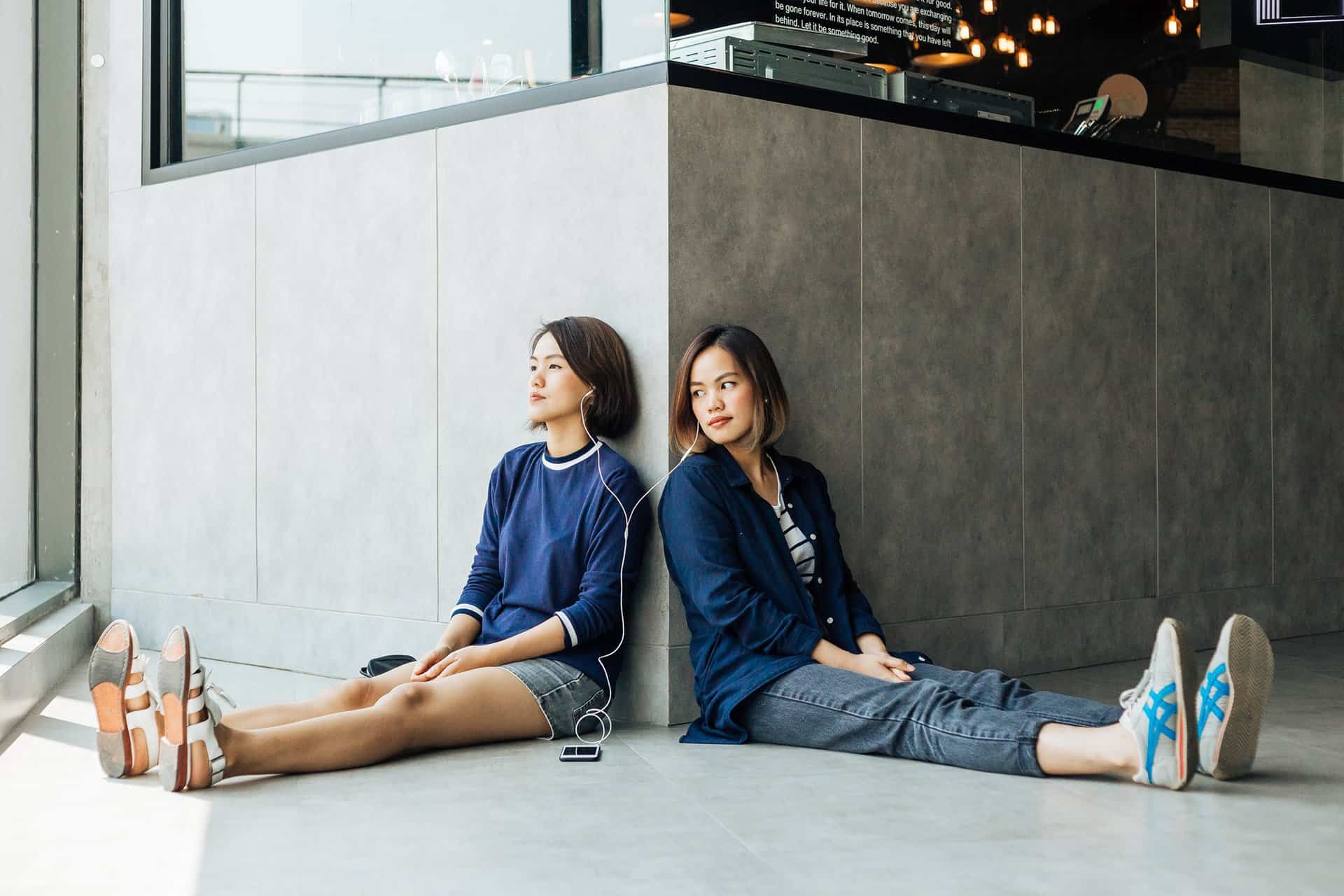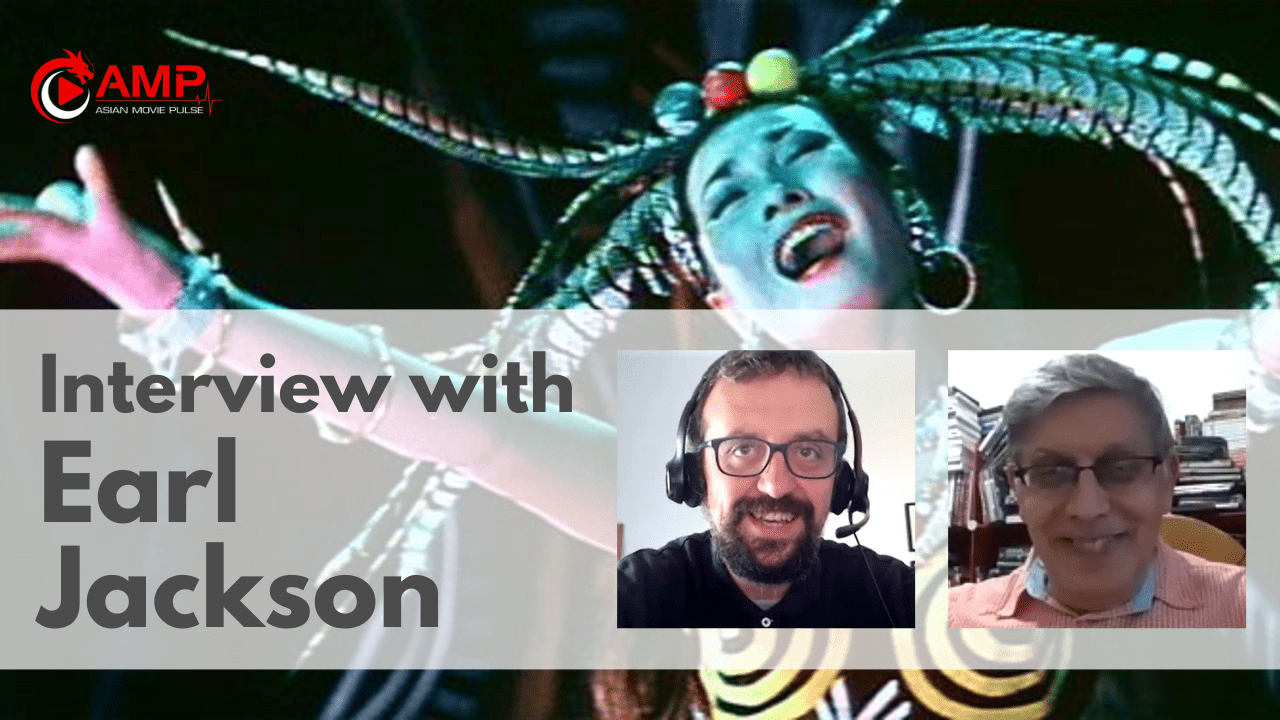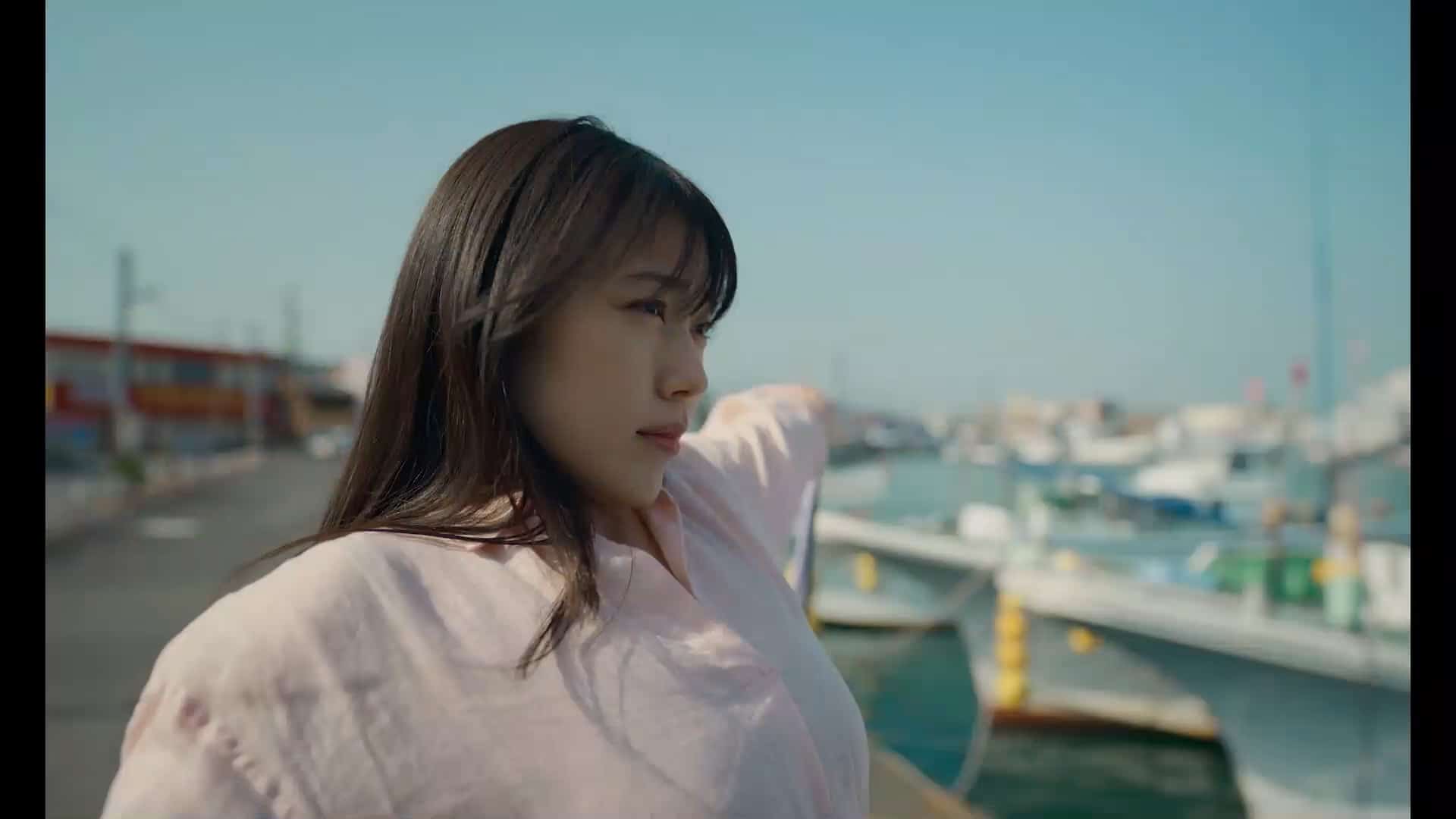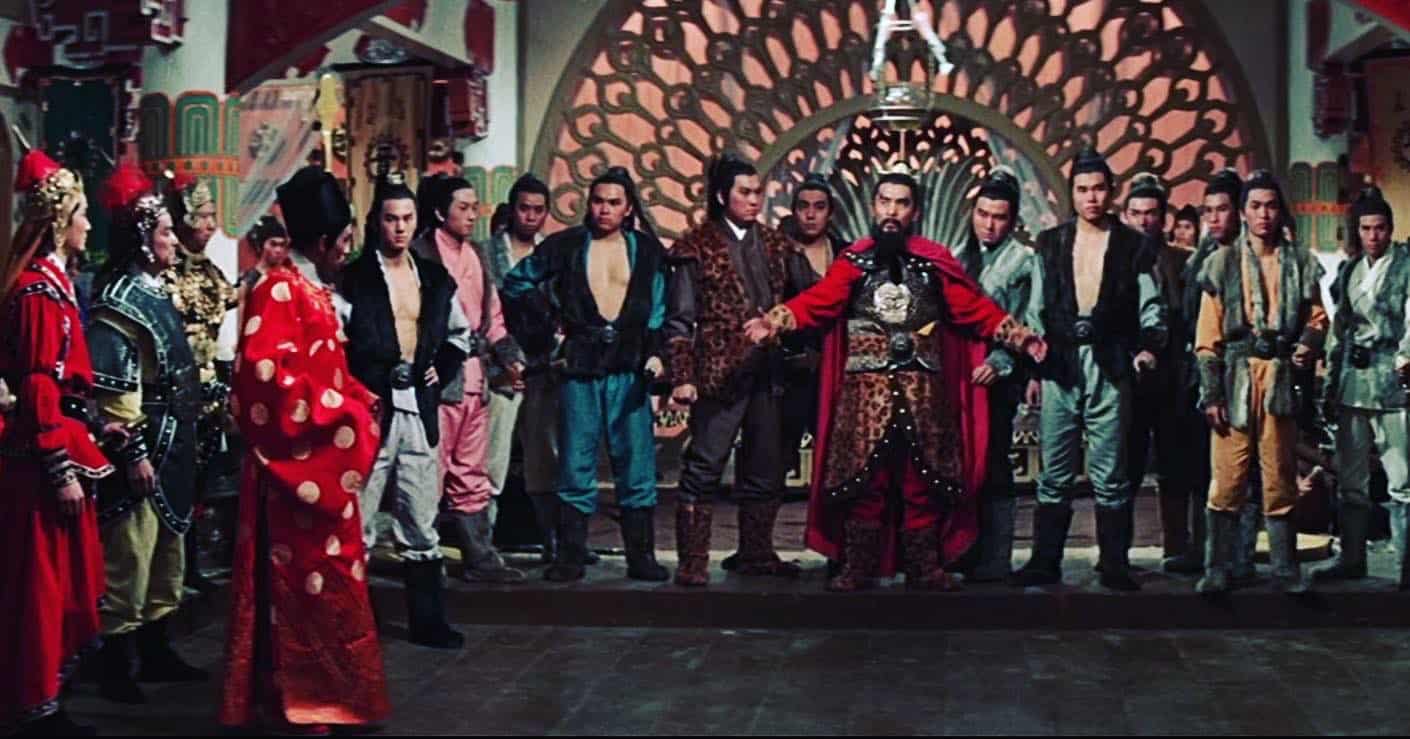Yohei Suzuki was born in 1984 in Ibaraki Prefecture, Japan. Graduated from Tama Art University Faculty of Art and Communication Department of Moving Images and Performing Arts. His debut feature Ow (Maru) received the Best New Director Award at the Vancouver International Film Festival and screened at New Directors/New Films 2015, Viennale and International Film Festival Rotterdam. He is currently preparing his second feature Abokke.

On the occasions of his latest film “Yeah” screening at Japan Cuts, we speak with him about the “strangeness” of his movies, the meaning of the film, his unusual approach, the struggles he faced in order to shoot it, his cooperation with Elisa Yanagi, Japanese cinema and other topics.Yeah

Both “OW” and “YEAH” focus on individuals with troubled minds and the way families function. Why did you choose these two themes?
I thought that it would be the most appropriate theme to depict modern Japan.
Furthermore, both involve surrealism, and I dare say are somewhat weird (I mean outside the norms). Why is that?
People often misunderstand me: those bizarre scenes are by no means violation of the rules (norms) – quite on the contrary, one has to follow them in order to achieve such strong expressions. I often write my scenarios thinking of them as if I was solving a puzzle game and the joy of satisfaction when it goes well is a very exceptional feeling. I also think that modern Japan is a truly bizarre country, so I feel there is a need to portray it in that kind of odd way.
Why did you decide to shoot “Yeah” as a short and not as a feature?
The project didn't go as well as I had hoped in the beginning, so I was really struggling. During that time, Erisa Yanagi called me out to do something together. Thanks to her I was able to shoot the movie – she became its foundation. I don't know why it turned out to be a short one, though. The point in favor was certainly that I got liberated from the three-act structure and at the same time I didn't have to exclude any factor from the plot.
According to the film's notes, “the the housing estate symbolizes the prosperity of Japan's recent past, while its dilapidation represents the nation's failed present. In this politically charged setting, Suzuki asks us to consider whether his countrymen are Ako, whose apparently aimless pursuit is still one that is committed, or if they are the ones obstructing her path”. Can you elaborate on these concepts? Also, what does the scarecrow symbolizes, and why does Ako keeps yelling “YEAH“?

One can read out many metaphors from the concept of a housing estate. For me it was mainly about history. There are dozens of similar housing estates. When we wander around them we have this strange feeling. Many different people used to live here throughout the years and formed the history of the buildings. You feel like you're travelling through time when you visit such estates. The idea, in the beginning, was that the female character roams around not knowing where her apartment is. She is overwhelmed by the history.
History is not only in books, but in structures, bicycles, trees, everywhere. It is a story about a woman that searches for her place while being overwhelmed by the housing estate. It sounds like a very static story, so there was a need of a few conflicts that subsequently occur. I was actually inspired by Beckett in that case.
In other words, we are being overwhelmed by something and we are on the verge of losing ourselves, so that we barely are able to stand on the ground. I think that everybody on this planet has at least once experienced such a state. Like many of my predecessors, I had this urge to depict the story in my own way. History usually has many twists and turns. The problem of fake news is being directly connected to historical issues. A story is always dictated by history. The same goes for novels, movies etc. I shot a movie that is free from such bounds. What we see on the screen is often embellished with fake news or some historical amendments. This is the truth I cannot bear. To evade such ‘truth' I put the importance to things of common non-importance. Meaningless things might be those of biggest importance. There is, however, always a risk that it might become something completely incomprehensible in the end. I take as rule to oppose authority, so in order to evade telling a story based on authority, I transform meaningful things into meaningless. The reason I used long shots in the movie is that I discarded the meaning of shots in general. Long shots are a way of resistance against the embellished history.
I'm interested in streets or places such as ghettos or slums. There are countless of such places that has been ostracized from history. I talked with the cameraman Yohei Kashiwada about Pedro Costa and his movies. He is also connected with the topic of history, however his last films had a lot of a fantasy factor. I personally thing that this is a way of discarding a history that was created by authority. Fantasy doesn't go along with history, so it's a key to draw it. It's impossible to depict all the history, but it has to be depicted. History is always being mended by the strong authority powers.
The scarecrow is a woman. Aco loves a female scarecrow or as to say a scarecrowish woman. There is no hackneyed communication between them, but a liberal relationship. As I mentioned before, people sometimes get overwhelmed by something and are on the verge of despair. Some of them might become addicted to SNS, but some need their own ways of communication. The female character is in that kind of state so she speaks to a scarecrow. But please note it doesn't mean she is mad. On the contrary, it's quite a healthy state.

As for YEAH, it's just a pun on words. It's also Beckett's influence. Playing on words is literally a process of brewing multiple things – being on the contrary with the vocabulary, discarding the meaning of a word. YEAH in Japanese sounds similar to IE (home, household). The movie is about finding one's home. But YEAH might also sound like IIE (‘no'). The middle stage of the story is when Aco is in a hospital and keeps saying NO to the doctor. There are also some people in Japan who use ‘Yeah' like Westerners, as a method of exaltation. However, I feel very awkward hearing people using it. It's been barely 150 years since Japanese started to use English. Until that time, there were no words such as ‘love' or ‘freedom'. They became concepts after English arrived. I tend to think how Japan has changed from the cultural anthropology point of view. YEAH is a voice of Japanese who want to become globalized. But there is nobody who would speak ‘Yeah' in a proper Japanese manner.
On the other hand, I felt that the main focus of the film is mental illness. Was that also one of your purposes, and if the answer is positive, can you give us some more details about this concept also?
I didn't want to imply that Aco has a mental disorder. There is the scene in the hospital, but I didn't want the audience to think that she has a mental illness. As I stated before, she rather talks to the scarecrow, so as not to get crazy. All in all, if one thinks Aco is crazy then one's sensitivity might be out of tune. She simply enjoys her own way of communication.
Can you give us some more details about the locations the film was shot?
It was shot in in Mito, Ibaraki prefecture, where I live. It is halfway between Tokyo and Fukushima. In Mito, one can come across industrial terrorism, nationalism and racism. It's like a cradle of negative legacy. This is also my next film's story. Because of the new project I live in Mito now, but it's a hard voyage.
Elisa Yanagi's performance is great. Why did you choose her for the role, and how did you guided her for the part?

Erisa Yanagi came often from Tokyo to Mito to visit me. Firstly, she played the heroine in Tominaga Masanori's ‘Rolling' which was shot in Mito. After the shooting she used to go to her favorite bar and there we became friends. I understood her in my own way and the idea of shooting a film with her came up naturally. I liked the way it happened. First friends, then coworkers. All of the staff and the actors are my acquaintances. In other words, we achieved communication in its purest form. We are all on good terms with each other, even if we are not sure about the reason of our common film project. I like that diversity.
I don't use the word ‘action' during shooting. In the beginning Erisa was slightly bewildered because of that, but she understood my intentions. I respect all actions of all the crew of my film, so I don't dare to use that word. I loathe the way of filming that is concerned merely on the utility factor. That is why I shoot in the city I live. It's very important for me. I try to equalize real life and film. Erisa was one of those few people who fully understood my intentions. She came to the location and she expressed her emotions in a way she exactly felt about them. Probably she was more inspired by the eerie atmosphere of the housing estate than by my words. It was actually quite an intense location. I didn't remember for how long I hadn't spotted a stray dog in Japan, however there was one. In the movie you can hear a howling of a dog. I decided to use it in the movie because of that particular dog.
What is your opinion of Japanese cinema at the moment?
Movies have been always interesting regardless of the period, however the industry has always been rotten. I want to live where I live at the moment in Mito, in the outskirts of the industry. It doesn't mean that I don't want to know what is happening in the cinematic world. I am constantly searching for knowledgeable critics. Most of the critics here take Japanese readers as their target. They cannot explain well about the domestic industry for the foreign press. It's certainly not the directors' job. There are just a few critics that wrote reviews of my movies in Japan. I don't know why exactly, but it's somewhat sad. Nevertheless, I respect Tomita Katsuya and his group KUZOKU, together with Aizawa Toranosuke. They shot movies about their local regions, but on the other hand they also went beyond their own country and travelled around Asia. They are the true hope of modern Japanese cinema, because they can easily adapt to new circumstances. I also consider Miyake Sho, Igarashi Kohei and Shibata Go's works very compelling.
Are you working on any future projects?
My next movie ‘Abokke' has been selected for Busan International Film Festival's Asian Project Market (APM). In fact ‘Abokke' designates Mito city in Ibaraki prefecture, however the unusual reading I used for the title of my film comes apparently from Ainu language. Why would Mito be a place that has a specific name in Ainu language? Ainu tribe used to live in Japan, but later they were driven away to Hokkaido. It is a concealed story, however the name which exists nowadays speaks for itself. I think my new film is a critique on modern Japan. I am really excited I got such a big chance, taking into consideration I had been struggling a lot before. The producer of the movie is Tsutsui Ryohei, who was also on of the co-producers of ‘Bangkok Nites'(2017). In fact, it has a similar theme to ‘Bangkok Nites' – it is a story of a local region which attempts to discover universal truth. It is also connected to other works of producers who were directing their movies outside the movie industry establishment.



